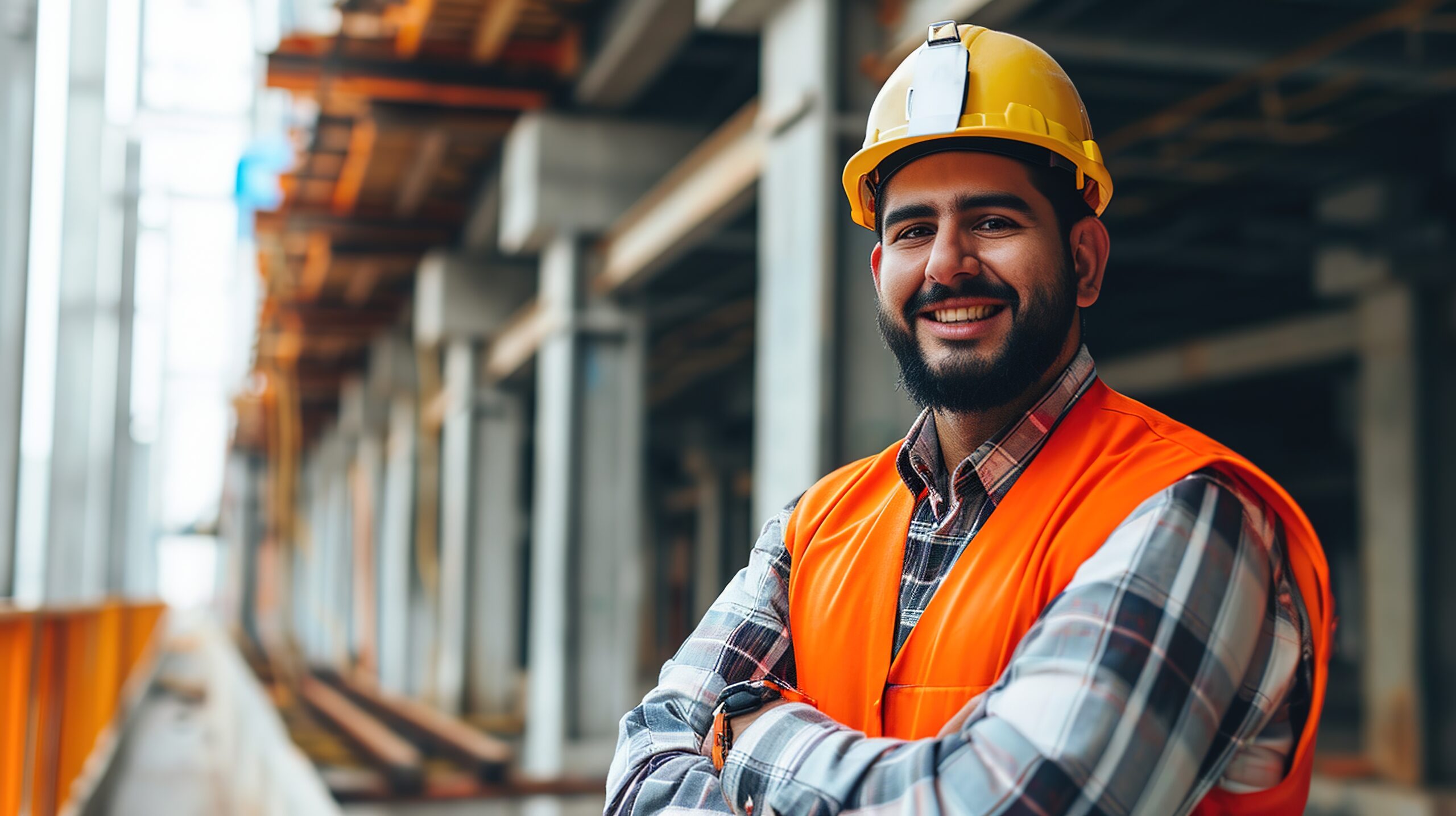Protecting Workers from the Effects of Heat

As much of the Southeast is battling record high temperatures this late Spring, NASP thought we would share with you the signs and symptoms of heat-related illnesses in an attempt to prevent future employee illness.
Heat illnesses can be categorized into 4 types: Heat Stroke, Heat Exhaustion, Heat Cramps, and Heat Rash. Knowing the signs and symptoms of heat illnesses may be the difference between life or death.
Know the Signs
1. Heat Rash
Heat Rash is the most common problem in hot work environments. Heat rash is caused by sweating and looks like a red cluster of pimples or small blisters. The best treatment for heat rash is to provide a cooler, less humid work environment and the rash area should be kept dry. Ointments and creams should not be used on a heat rash. Anything that makes the skin warm or moist may make the rash worse.
2. Heat Cramps
Heat Cramps are muscle pains usually caused by the loss of body salts and fluid during sweating. Workers with heat cramps should replace fluid loss by drinking water and/or carbohydrate-electrolyte replacement liquids (such as sports drinks) every 15-20 minutes.
3. Heat Exhaustion
Heat Exhaustion is the next most serious heat-related health problem. The signs and symptoms of heat exhaustion are headache, nausea, dizziness, weakness, irritability, confusion, thirst, heavy sweating, and a body temperature greater than 100.4oF. Workers with heat exhaustion should be removed from the hot area and given liquids to drink. Workers with signs of heat exhaustion should be taken to a clinic or emergency room for medical evaluation and treatment.
4. Heat Stroke
Heat Stroke is the most serious heat-related health problem. Heat stroke occurs when the body’s temperature is above 104oF. The signs of heat stroke include confusion, loss of consciousness, and seizures. Workers experiencing heat stroke have very high body temperatures and may stop sweating. If a worker shows signs of possible heat stroke, get medical help immediately, and call 911. Until help arrives, move the worker to a shady, cool area and remove as much clothing as possible. Wet the worker with cool water and circulate the air to speed cooling.
Blog Posts
Latest Posts
Related Posts




